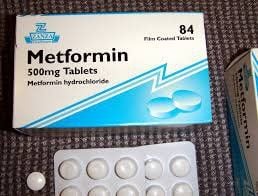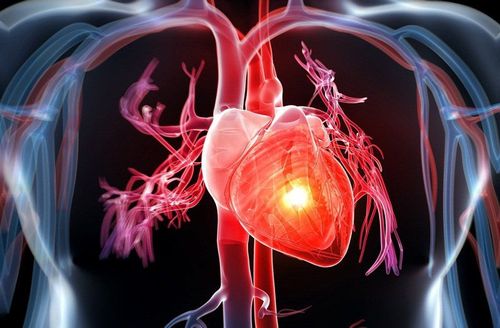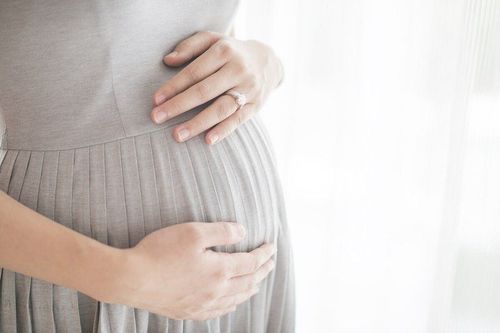This is an automatically translated article.
The article was professionally consulted by Specialist Doctor II Tran Thi Mai Huong - Obstetrician and Gynecologist - Department of Obstetrics and Gynecology - Vinmec Hai Phong International General Hospital. The doctor has 25 years of experience in examination and treatment in the field of Obstetrics and Gynecology, lower line surgery, laparoscopic surgery.Gestational hypertension, also known as pregnancy-induced hypertension (PIH) is a condition that most commonly occurs during pregnancy. Hypertension during pregnancy affects about 5-10% of pregnant women. If the disease is not detected early, controlled or treated in time, it will be dangerous for both the fetus and the mother. Let's find out information about gestational hypertension in the article below.
1. What is gestational hypertension?
Definition of hypertension in pregnancy is based on systolic blood pressure (SBP) 140 mmHg and/or diastolic blood pressure (DBP) 90 mmHg and classifies it as mild (140-159/90-109). mmHg) or severe (≥ 160/110 mmHg)Gestational hypertension includes the following clinical forms:
Chronic hypertension: occurs before pregnancy or before 20 weeks of pregnancy and persists longer 42 days after birth. Gestational hypertension: appears after 20 weeks of pregnancy and usually resolves within 42 days postpartum. Preeclampsia: gestational hypertension with significant proteinuria [>0.3 g/24 h or albumin:creatinine ratio (ACR) ≥ 30 mg/mmol]. Chronic hypertension plus gestational hypertension with proteinuria Unclassified antenatal hypertension: this term is used when blood pressure is first measured after 20 weeks of pregnancy and hypertension is diagnosed. definite guess; Patients should be reevaluated 42 days postpartum.
2. Symptoms of gestational hypertension
Each woman may experience different symptoms, and a patient with gestational hypertension may be completely asymptomatic. Symptoms may include:High blood pressure Lack of or protein in the urine (to diagnose gestational hypertension or preeclampsia) Edema (swelling) Sudden weight gain Vision changes such as blurred or double vision Nausea vomiting Right side abdominal pain or epigastric pain. Urinating less Change in liver or kidney function tests.
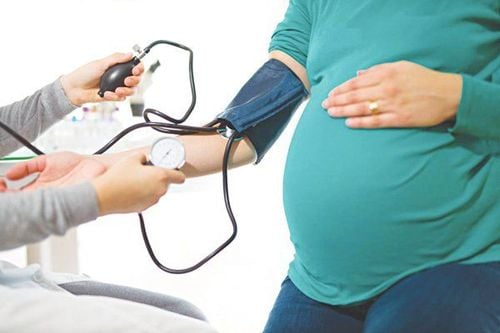
3. Prevention of hypertension and preeclampsia
Preeclampsia is a dangerous disorder common to pregnant women after 20 weeks, in which gestational hypertension is one of the manifestations of this disease. Preeclampsia can cause many dangerous complications for both mother and baby, such as increasing the risk of premature birth or having a low-birth-weight baby.Women at high or moderate risk with preeclampsia should be counseled to take aspirin 100-150 mg daily from weeks 12 to weeks 36-37.
High risk of preeclampsia including any of the following:
High blood pressure in previous pregnancy Chronic kidney disease. Autoimmune disease such as systemic lupus erythematosus or antiphospholipid syndrome Type 1 or type 2 diabetes Chronic hypertension Mean risk of preeclampsia consisting of more than one of the following:
First pregnancy Age Age ≥ 40 Pregnancy interval more than 10 years BMI 35 kg/m2 at first visit Family history of pre-eclampsia Multiple pregnancy Calcium supplementation (1.5-2 g/day orally) is recommended Prevention of preeclampsia in women with a low calcium intake (< 600 mg/day) at the first prenatal visit.
Vitamins C and E do not reduce the risk of preeclampsia; conversely, they are often associated with birth weight < 2.5 kg and severe perinatal outcomes.
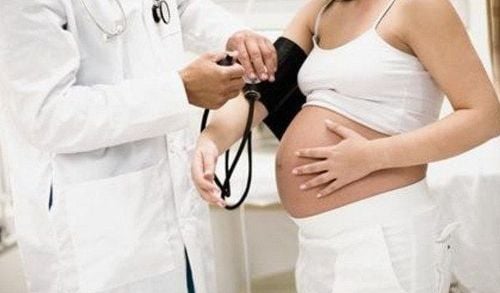
4. Treatment of gestational hypertension
Specific treatment for gestational hypertension will be determined by your doctor on the basis of:Pregnancy, gestational age, your overall health and medical history Degree of disease Ability to respond Your response to a particular drug, or therapy, 4.1 Non-pharmacological treatment Non-pharmacological treatment during pregnancy has a limited role with randomized trials of diet and lifestyle, showing little effect on pregnancy outcomes. Regular exercise can be continued with caution and obese women (≥ 30 kg/m2) should be counseled to avoid weight gain of more than 6.8 kg.
4.2 Drug therapy For the purpose of treating hypertension to reduce risk to the mother, the antihypertensive agents selected must be effective and safe for the fetus.
Treatment of severe hypertension:
As recommended SBP ≥ 170 mmHg or DBP ≥ 110 mmHg in pregnant women is hypertensive emergency and hospitalization is indicated. ACE inhibitors, angiotensin receptor blockers, and direct renin inhibitors are contraindicated. Drug therapy with intravenous labetalol, methyldopa or oral nifedipine should be chosen. The drug of choice for pre-eclampsia with pulmonary edema is nitroglycerin (glyceryl trinitrate) intravenously 5 ug/min and gradually increased every 3 to 5 minutes to a maximum dose of 100 ug/min.

Despite lack of evidence, European guidelines recommend initiation of drug therapy in all women with persistent hypertension ≥ 150/95 mmHg and values > 140/90 mmHg in women with:
gestational hypertension (with or without proteinuria) chronic hypertension plus gestational hypertension hypertensive with subclinical or symptomatic end-organ damage at any time score in pregnancy. Methyldopa, beta blockers, and calcium channel blockers are the drugs of choice. Beta-blockers appear to be less effective than calcium channel blockers and can cause fetal bradycardia, growth retardation, and hypoglycemia; therefore, the type and dose of the drug should be chosen carefully, and the use of atenolol should be avoided. Plasma volume is reduced in preeclampsia, therefore diuretic therapy should be avoided unless in the setting of oliguria low dose furosemide can be considered. Intravenous magnesium sulfate is recommended for the prevention of eclampsia and for the treatment of convulsions but should not be used concomitantly with calcium channel blockers (risk of hypotension due to synergistic effects).
In summary, if gestational hypertension is not detected early, it will be very dangerous for both mother and baby, so as soon as they know they are pregnant, mothers should go to reputable medical facilities to be screened. and appropriate treatment advice if gestational hypertension is detected.
Vinmec International General Hospital is currently providing maternity care programs with outstanding quality, with the care and treatment of a team of dedicated, experienced doctors in the field of maternity, Modern and advanced facilities will help detect the earliest signs of gestational hypertension, ensuring the safest and most comfortable for pregnant mothers.
Please dial HOTLINE for more information or register for an appointment HERE. Download MyVinmec app to make appointments faster and to manage your bookings easily.





